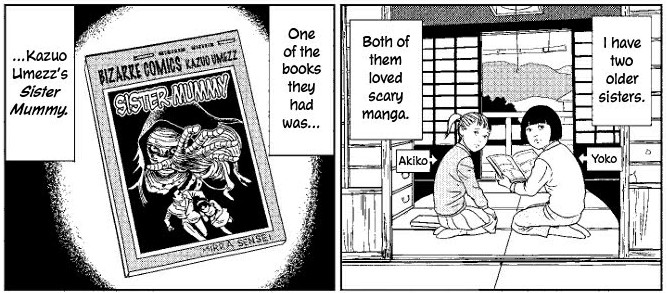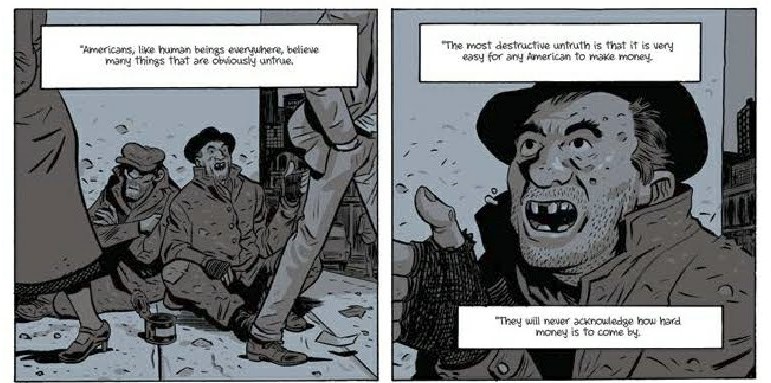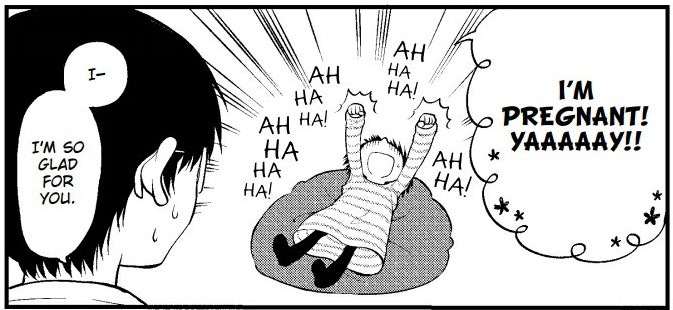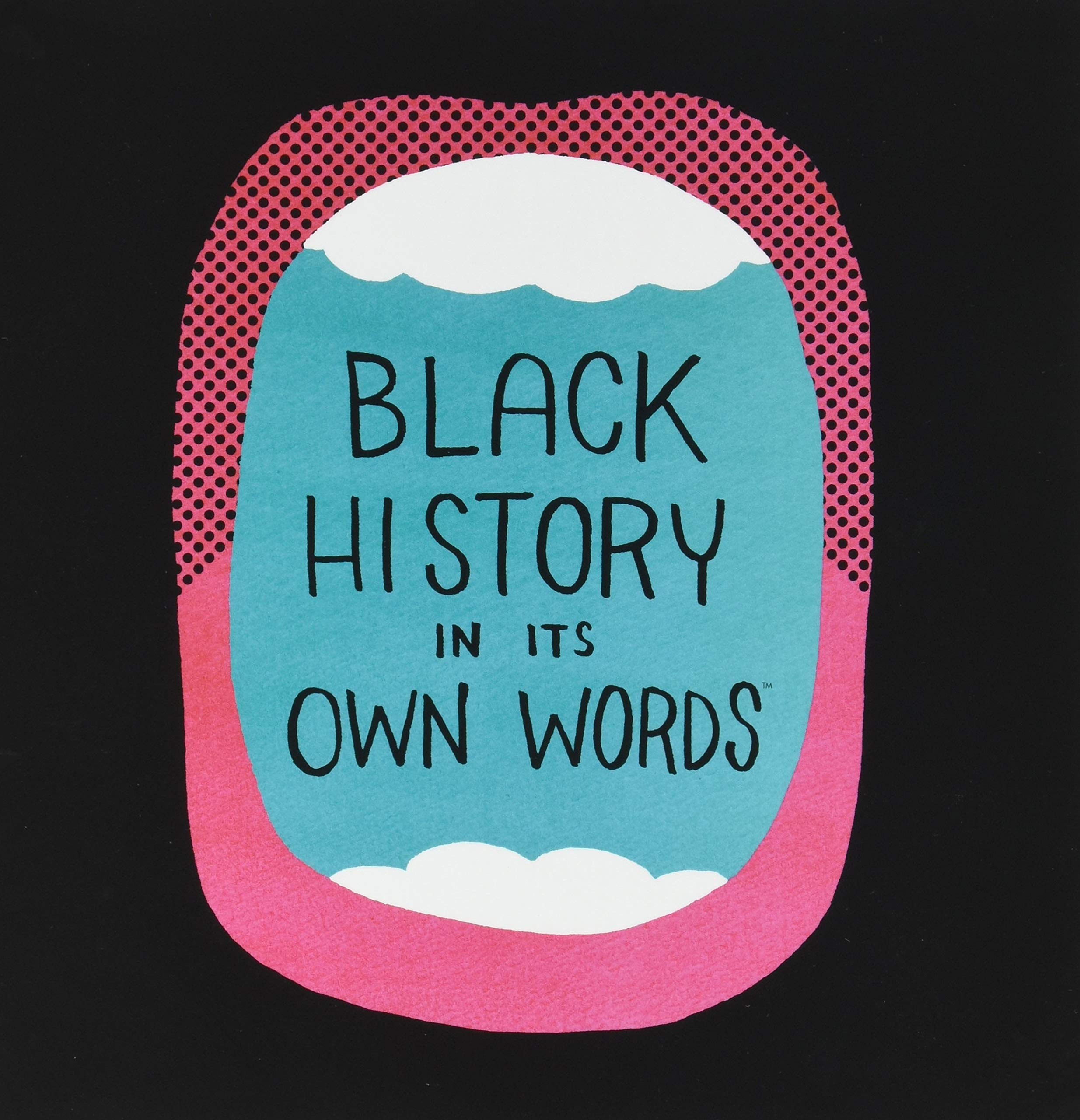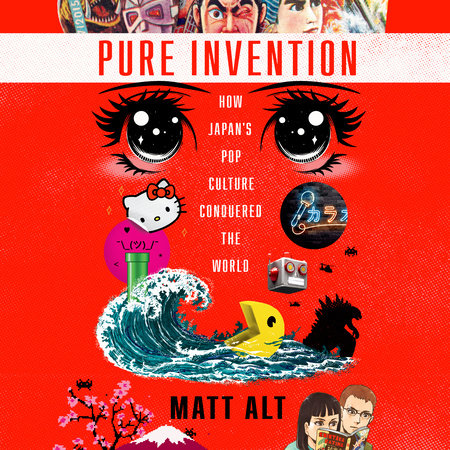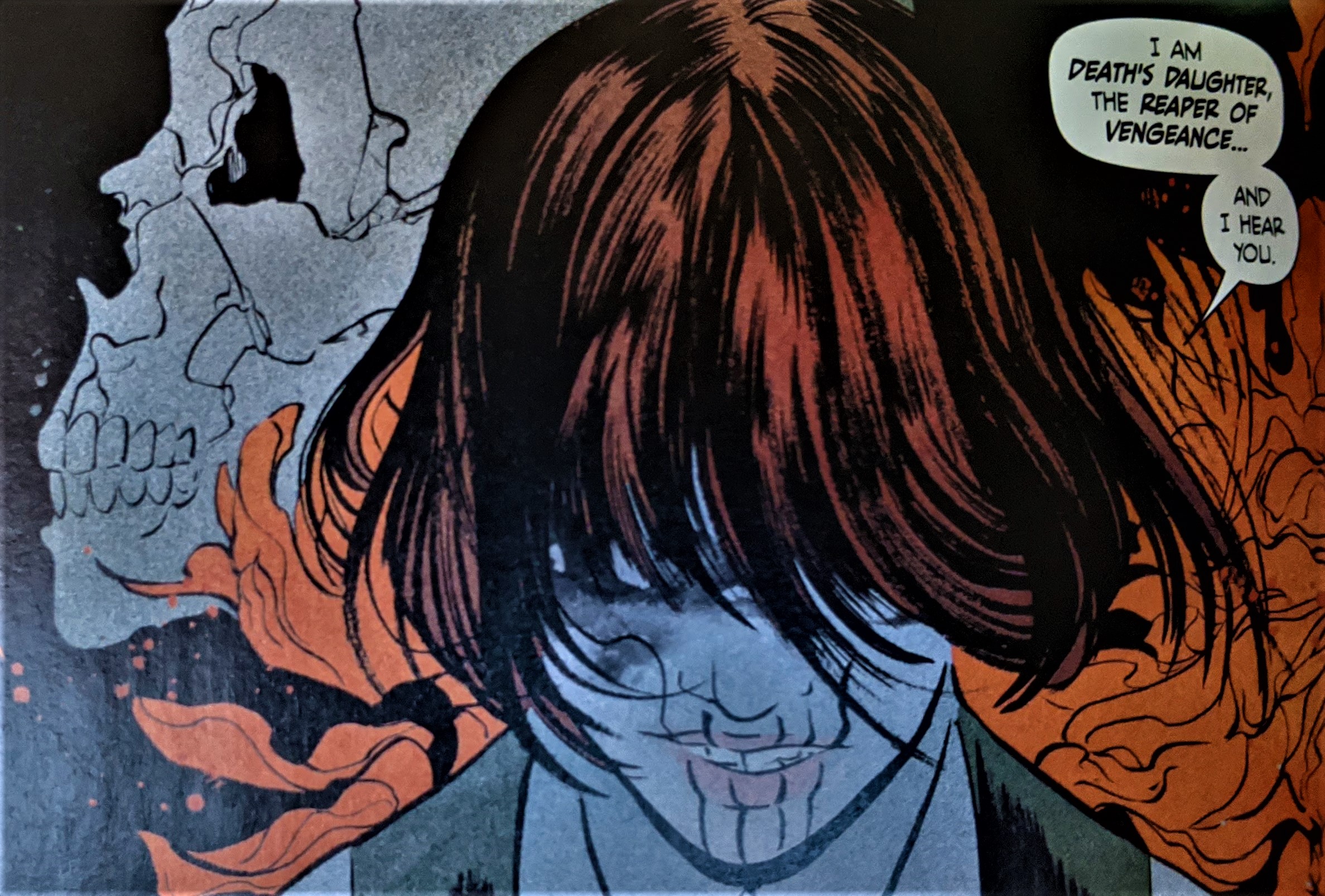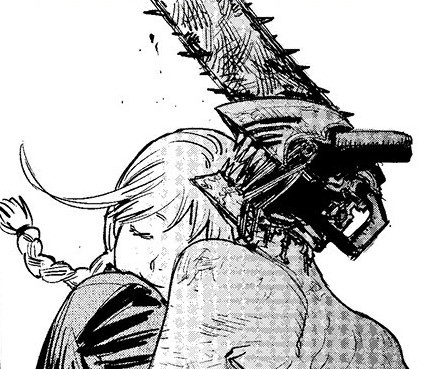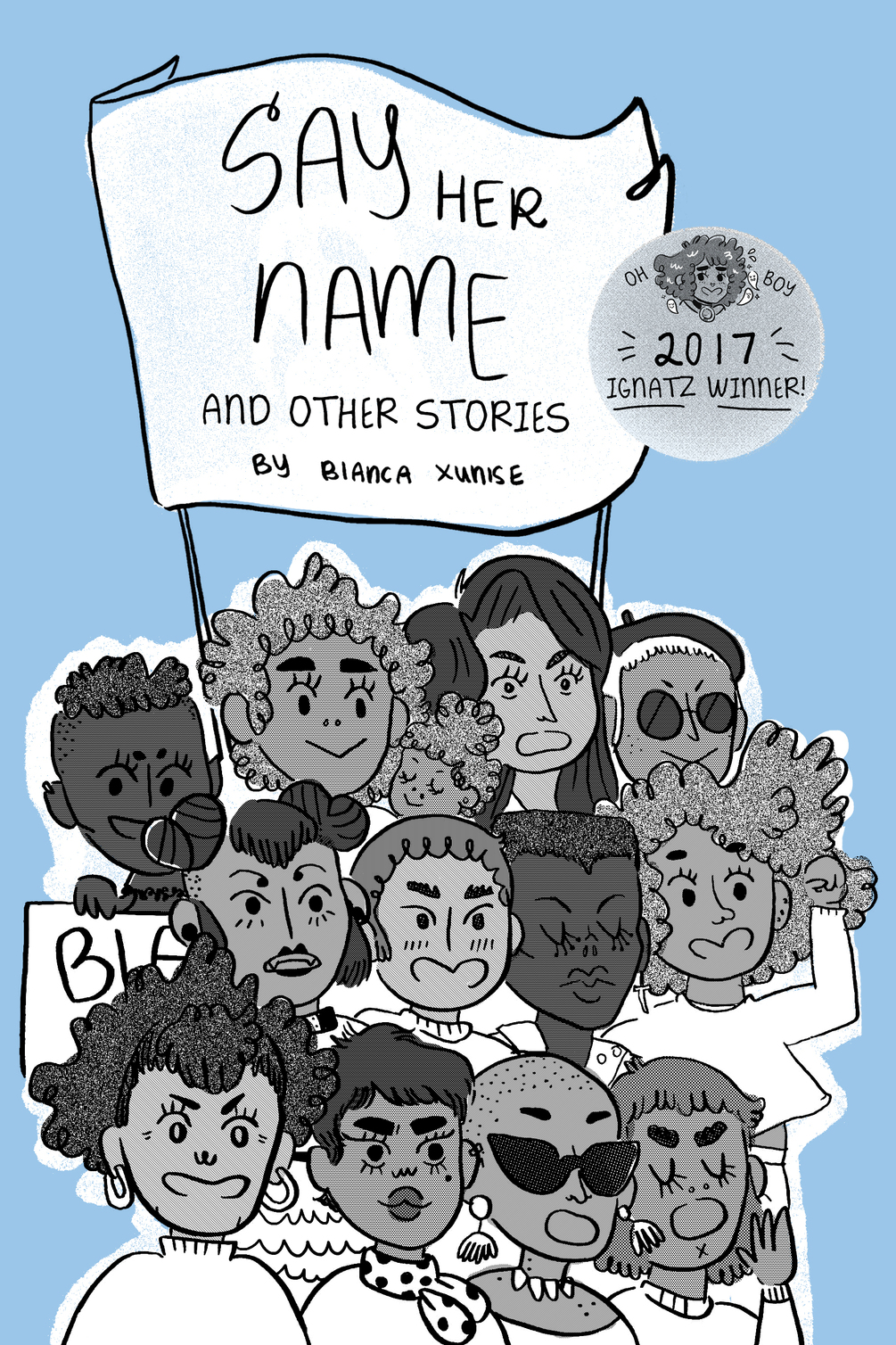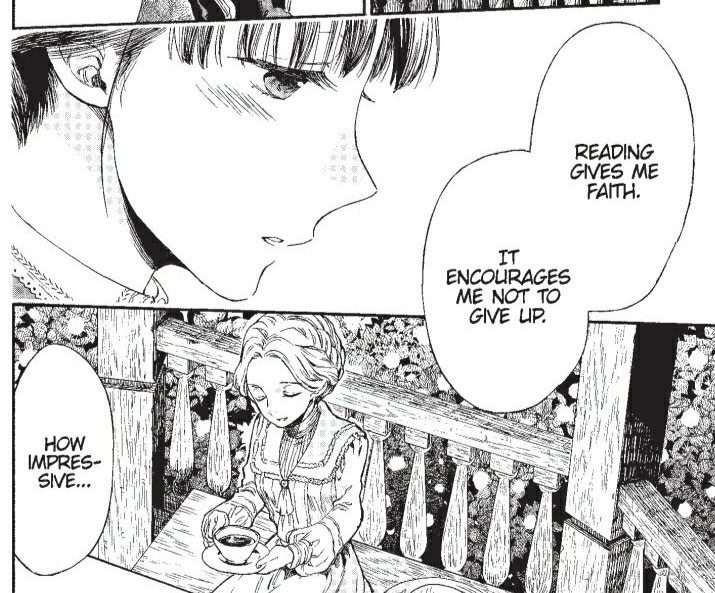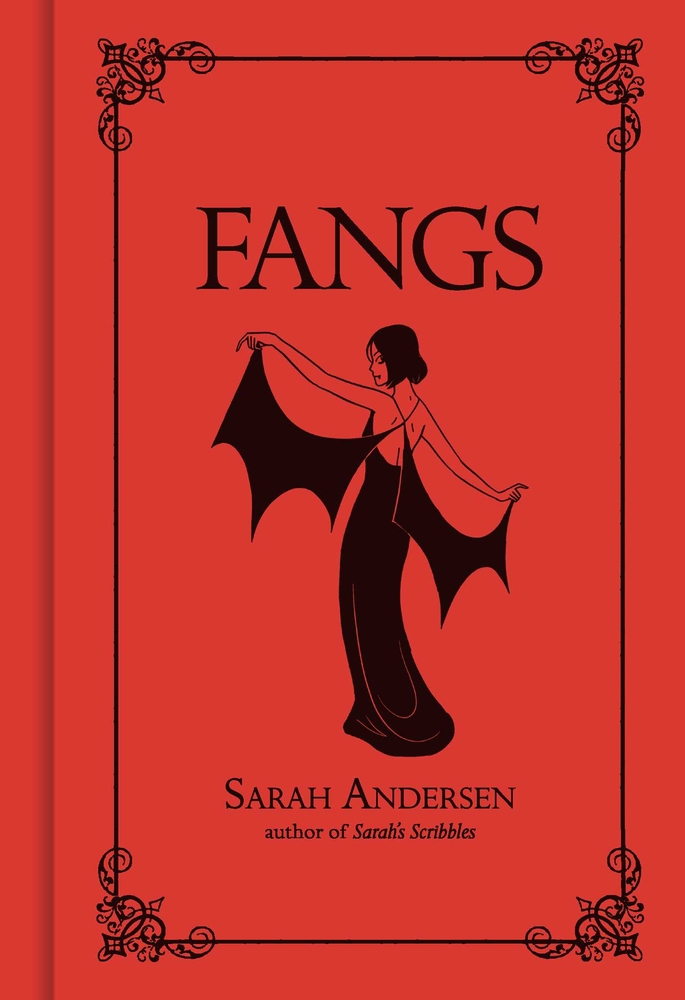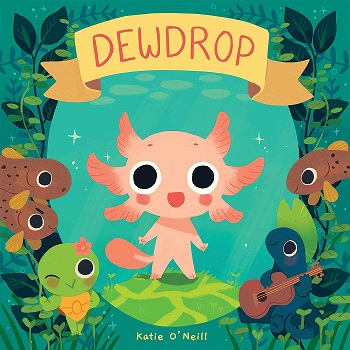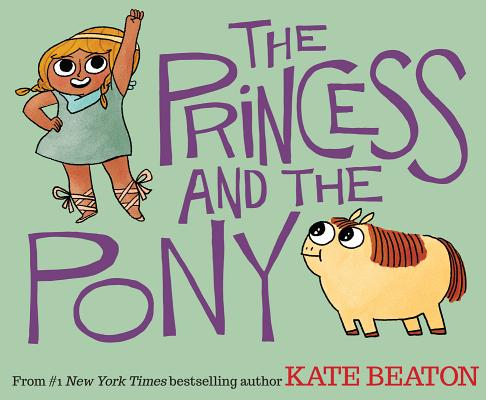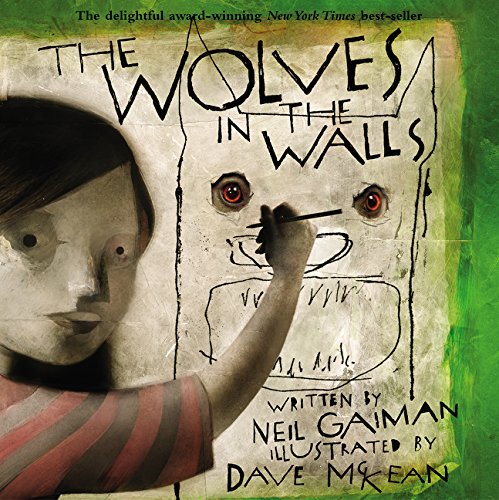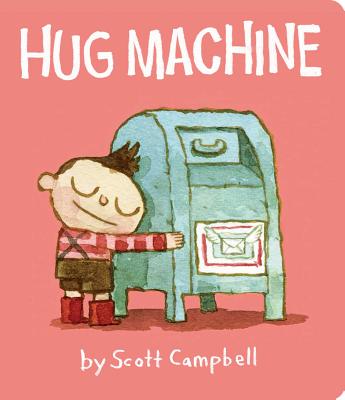So many articles on comics out there in the world begin with “Comics: not just for kids anymore!” to a point where it’s eye roll-worthy. This need to brush the “kiddie fare” under the proverbial rug is not only obnoxious, but also disingenuous. There are lots of comics for kids — and they’re great, even for adults. “All ages” doesn’t mean it’s baby stuff, it means it’s interesting to readers of all ages.
I’m not going to put Raina Telgemeier or Dav Pilkey on this list, because I suspect that if you have children, you’re already quite familiar with these industry heavyweights. What I’m hoping to give you is the goods from some equally worthy but less well known creators, to help get your kids through the trying times between Dog Man books.
I’m referring to these comics with the publishing industry term “middle reader,” or “middle grade,” which designates books for children between the ages of eight and twelve. Middle reader is not a genre, so these books will range in the types of stories being told. I may well include some middle reader comics on other, genre-themed lists later down the line, but I wanted this to be a helpful guide for parents who are looking for age-appropriate material for their young readers. Middle reader books, both in comic and prose form, are some of my favorite books. They are so often fun, imaginative, and inspiring, even now that I’m an adult with a child of my own.
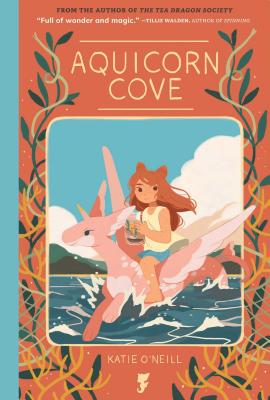
Aquicorn Cove, by Katie O’Neill — published by Oni Press
I wrote last week about how much I love Katie O’Neill’s work, much of which falls under the middle reader category. Of all her works, I think Aquicorn Cove is my favorite. It tells the story of young Lana, who is at the seaside visiting with her aunt and helping to clean up the wreckage in the aftermath of a horrible storm. While there, she finds a young, injured aquicorn, a magical sea creature similar to a sea horse. She nurses it back to health and then discovers that there is a whole colony of aquicorns under the sea, and another storm on the horizon forces her and the community to think about the ways in which people and the environment can learn to coexist. I’m a really easy mark for children’s stories about environmentalism (my favorite Dr. Seuss book is The Lorax, I’m sure you’re surprised to discover), and O’Neill does a great job of getting that message across without condemnation. And of course, there’s her beautiful artwork throughout, along with her inventive creatures and the inclusion of a character who uses gender-neutral pronouns. All around, a really stellar comic about compassion and community.
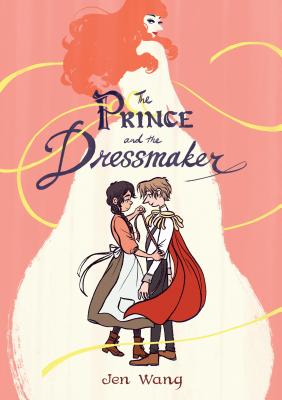
The Prince and the Dressmaker, by Jen Wang — published by FirstSecond
The Prince and the Dressmaker probably doesn’t need my help, as it is currently awaiting a movie adaptation. But I love it, and so I want to share it with you. While Prince Sebastian’s parents are busy trying to find him a bride, he’s preoccupied with hiding a part of his life that he believes they will find shameful. Sebastian enjoys wearing dresses and going into the town as Lady Crystallia, a most fashionable young woman. To this end, he employs Frances, an extremely talented dressmaker who swears to keep his secret and make him the belle of every ball. Sebastian’s secret does get out, of course, but he learns how to be honest with himself and his family at the end. And Frances is able to further her own goals and career, as well. This is a sweet story of love, friendship, and acceptance, and I’m really excited to see what comes of the adaptation.
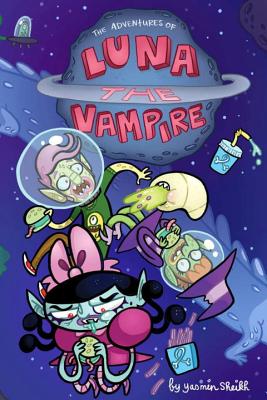
The Adventures of Luna the Vampire, by Yasmin Sheikh — published by IDW
I love weird, gross-out humor involving monsters. Luna the Vampire is such a series, with Grumpy Space (linked above) and Pickled Zits comprising its print editions thus far. Luna is a grouchy, lazy vampire girl who lives in space and has remarkably normal adventures — which is to say, normal for her. She attends her uncle’s zombie-fication ceremony, adopts a fat worm that was intended to feed giant spiders, and clears a raucous party out of her coffin-shaped ship with the help of Kir, the pet store clerk who seems to have fallen in love with her. It’s silly nonsensical fun wrapped in a pink ribbon, and I especially like it because it’s the type of humor usually marketed to little boys but which clearly has young ladies in mind — though I would recommend this for the older end of the middle reader spectrum, with the acknowledgement that it might be for a more worldly-wise kid.

Making Friends, by Kristin Gudsnuk — published by Scholastic
I was immediately in love with Kristin Gudsnuk’s work back when individual issues of her comic Henchgirl were coming out. Maybe it’s because she and I are approximately the same age, but I find her subtle references to anime just really get me. Making Friends makes use of this tendency of hers, as protagonist Dany inherits a magical sketchbook from her great-aunt which allows her to bring to life anything she draws within it. She finds out about this by sketching the head of her favorite comic book/cartoon villain, and when that head pops into existence, she realizes that she can navigate some of the anxieties of 7th grade by creating her own perfect best friend, Madison. Dany learns a hard lesson about facing consequences, but she also makes a lot of real friends along the way. Plus, there’s a magical girl sequence. What can you want more out of a comic than magical girls, I ask you? There is a sequel, Making Friends: Back to the Drawing Board, which I admit I have not yet had the pleasure of reading. But it seems like Dany hasn’t finished learning her lessons when it comes to magicking things into existence!
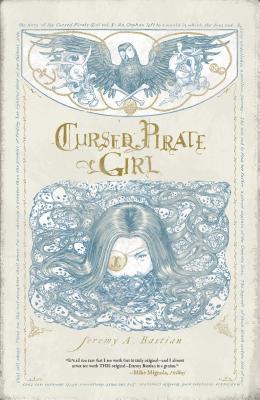
Cursed Pirate Girl, by Jeremy A. Bastian — published by Archaia
My heart races whenever I look at Jeremy Bastian‘s exquisite artwork. I adore Cursed Pirate Girl, though I will warn you that the one volume does not contain the full tale, and it’s hard to know when new material is available. (There was an annual a few years back, if you can track it down!) Still, it is an incredibly beautiful and deeply captivating book where a young girl is on an adventure in the Omerta Seas to find her father. But of course, she’s cursed. Treasure Island meets Alice in Wonderland, albeit with a brash, brave little girl protagonist with hair longer than her whole body. Bastian clearly takes cues from 19th century illustrators, and his incredibly detailed ink work leaves a lot of territory to explore. This is the book for the kid who dreams of magical adventures, possibly ones which involve sentient skeletons. I’m currently reading the second book in Catherynne M. Valente’s Fairyland series of novels, and I think it’s got approximately the same vibe; they both certainly transport me completely to my girlhood fantasies.
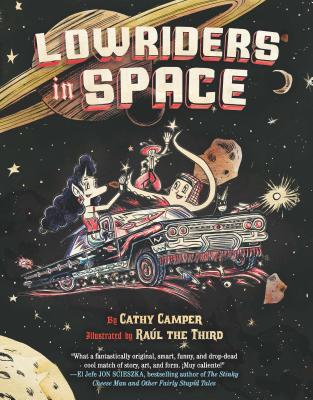
Lowriders in Space, written by Cathy Camper and illustrated by Raúl the Third — published by Chronicle Books
If the title of this book gets War’s “Low Rider” stuck in your head, well…that’s been me all week. In all seriousness, though, this is another lushly illustrated comic which follows Lupe Impala, El Chavo Flapjack, and Elirio Malaria who dream of running their own garage. They catch wind of a car contest and know that they’ve gotta trick out a lowrider of their very own in order to win the cash and start their garage. They manage to fly their work in progress right into space, where they wrangle the stars and upholster their ride in red-Mars-dust velvet. One of my favorite things about this comic and its sequels (Lowriders to the Center of the Earth and Lowriders Blast from the Past) is that Raúl the Third has drawn the entire thing in ballpoint pen. It’s a great testament to using what you have to make incredible art, and the story itself is a gorgeous homage to lowrider culture. Just don’t be surprised if you suddenly wish you had a car that was bajito y suavecito!
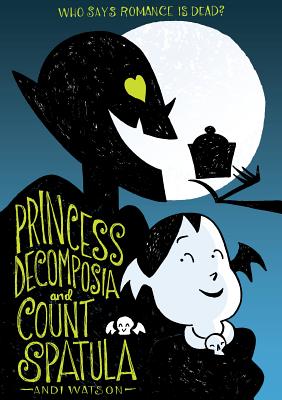
Princess Decomposia and Count Spatula, by Andi Watson — published by FirstSecond
It should surprise no one that this title popped out at me when I saw it on a shelf at Comicopia in my first year working there. Princess Decomposia is the daughter of the King of the Underworld, but that job isn’t as glamorous as it sounds. She has a lot of responsibilities, and unfortunately is forced to shoulder those of her father most of the time, as well. Seeing as he just fired the cook, she has to hire a new one immediately — and thus we meet Count Spatula, the vampire chef with an unrepentant sweet tooth. The two become fast friends, though a budding romance has to take a backseat to Princess Decomposia’s many tasks. This is a cute little volume about love blooming in spooky darkness, for the little Wednesday Addams in your life.
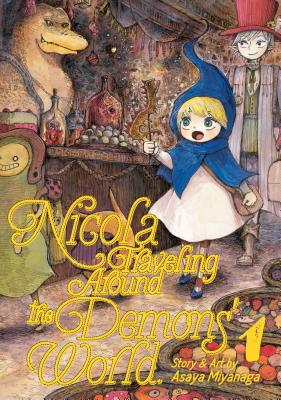
Nicola Traveling Around the Demons’ World, by Asaya Miyanaga — published by Seven Seas Entertainment
I’ve written about Nicola before, both here on the blog as well as for Comics Beat. It’s a delightful adventure where little witch Nicola, who has recently stumbled into Hell, has latched onto Simon, a traveling merchant. The two form a sort of father-daughter bond, and Simon becomes increasingly impressed with Nicola’s emerging magical talents — though she does not seem to notice her own powers herself. I felt so good after reading the first volume, like here was something that truly deserved being called “all ages,” something I could recommend to everyone without reservation. I love Asaya Miyanaga’s artwork, with its detailed hatching and whimsical creature designs. The physical copies of the book are printed in sepia ink, making the book something truly special.

Kitaro, by Shigeru Mizuki — published by Drawn & Quarterly
I will never stop singing the praises of Shigeru Mizuki, whose comics about the adorable little monster boy, Kitaro, are so specifically my jam that I’m amazed they first came out before even my mother was born. Along with help from his father, Medama Oyaji (who is literally a giant eyeball with a tiny body), Kitaro helps settle disputes between monsters and humans. There are several volumes of the series out right now, but they are grouped by type of story instead of in any sequential order; I have linked to The Birth of Kitaro as my recommended starting point, since that’s where you learn our hero’s backstory. Translator and Mizuki expert Zack Davisson has written excellent informative essays in each of these editions, and those do follow an order. It’s a great way to learn more about the man who was Shigeru Mizuki, as well as the vast world of Japanese yokai — a subject very dear to my heart. If you or a kid you know are really into sympathetic monsters, potty humor, and/or the history of manga, I can’t recommend this enough.
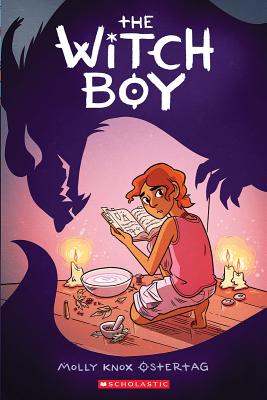
The Witch Boy, by Molly Knox Ostertag– published by Scholastic, Inc.
I just love witchy stuff for kids. In this coming-of-age story, Aster wants desperately to be a witch. Unfortunately for him, only girls in his family become witches, while boys become shapeshifters — though he has not shifted yet, himself. Aster has to study in private, eventually using his hard-won abilities to help rescue the other boys when a dark entity threatens them. This is a wonderful story for those who have ever been made to feel different or wrong when they choose to be themselves. This is the first book in a trilogy, the other books being The Hidden Witch and The Midwinter Witch, which continue to follow Aster’s studies in witchcraft while expanding the cast, further exploring the challenge of bucking against tradition.
There sure are a lot of witches, monsters, and royalty this week. I told you middle readers get some of the best books! It was actually difficult to come up with this list because there’s so much good material out there, and still so much that I haven’t had a chance to read yet. I’m continually impressed by the quality marriages of story and art that exist in comics, but especially in comics “for kids.” I would absolutely recommend looking deeper into your library’s catalog for comics for this demographic, as I personally know a lot of librarians who cannot get enough of helping kids (and their parents!) find their next favorite read.
Until next week, I hope you all stay safe and well!
